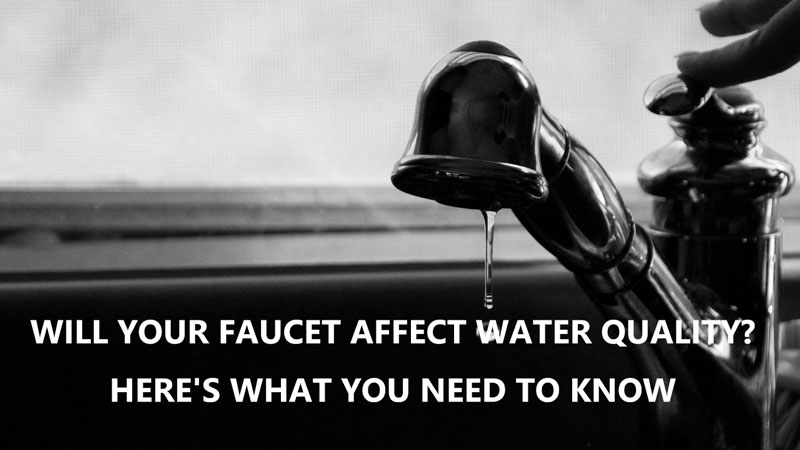
When it comes to ensuring clean and safe drinking water, people often focus on the source—whether it’s a well, municipal system, or a filtration system. But what many don’t realize is that your faucet, the very point where water leaves the pipes and enters your home, can play a significant role in the quality of the water you consume. Whether it’s about corrosion, bacteria buildup, or even the materials used in faucet construction, faucets can indeed affect water quality. In this post, we’ll explore how faucets impact water quality, what factors to consider, and how to ensure that your faucet is not compromising the water you drink.
How Faucets Impact Water Quality
A faucet in itself is just a valve that controls water flow from the pipes to your sink, shower, or tub. However, the materials used in the construction of faucets, as well as their design and maintenance, can affect the purity and safety of the water you use. Let’s break down the primary ways faucets can influence water quality:
1. Corrosion and Leaching of Metals
Faucets are often made from metals like brass, stainless steel, chrome, or even plastic. Over time, exposure to water, especially water with high acidity or mineral content, can cause these metals to corrode or break down, leaching potentially harmful substances into the water.
Lead: One of the most concerning elements that can leach from faucets is lead. Though lead-based solder was banned from use in plumbing systems in 1986, older faucets or plumbing systems may still contain lead. If a faucet is improperly constructed or poorly maintained, lead can leach into the water, especially when the water has been sitting in pipes for a while.
Copper: While copper is essential for the body in small amounts, it can be harmful in higher concentrations. Corrosive water can cause copper from plumbing systems or faucets to enter the water supply, which can lead to digestive issues, liver damage, and kidney problems when consumed in excess.
Nickel and Chromium: Faucets coated with these metals—commonly found in chrome-plated faucets—can also cause concern. Long-term exposure can potentially result in allergic reactions for some individuals, or in extreme cases, toxicity. It’s especially a concern if the faucet is old or of poor quality, as the coating may wear off over time.
2. Bacterial Growth and Biofilm Formation
Water faucets are frequently exposed to moisture, creating the perfect breeding ground for bacteria and mold, especially in places like bathrooms or kitchens. The environment in faucets is ideal for bacteria to thrive, particularly in areas that are not regularly cleaned, such as the aerator (the mesh screen at the end of the faucet).
Biofilm: This slimy, sticky layer of bacteria can form inside the faucet’s internal components and the aerator. Biofilm is difficult to remove and can host harmful pathogens, which can end up in your drinking water. If you’ve ever seen a slimy coating around your faucet or noticed an off taste to your water, biofilm may be to blame.
Legionella Bacteria: In poorly maintained faucets, especially those with standing water, the presence of Legionella bacteria (which causes Legionnaires’ disease) can be a serious risk. Although Legionella is more commonly associated with water heaters or larger plumbing systems, faucets that are improperly maintained or infrequently used can still become contaminated.
3. Water Pressure and Contaminant Containment
A faucet’s water pressure also plays a role in the quality of your water. Faucets that are installed incorrectly or have issues with the flow rate can cause water to flow unevenly, which might prevent the water from being adequately filtered by your home’s filtration system (if you have one installed).
When water pressure is too high, it can cause disturbance in the pipes and lead to the release of trapped contaminants that were otherwise contained. This includes dust, dirt, or bacteria that may be sitting in the pipes, especially in older homes.
What Materials Are Best for Faucet Water Quality?
The materials used in your faucet are crucial for ensuring water quality. Choosing the right faucet can significantly reduce the chances of contamination:
Brass Faucets: Brass is one of the most common materials used for faucets. However, it’s important to ensure that the brass is lead-free. Modern faucets often use “lead-free brass,” but older ones may still contain lead. Always verify that the faucet is certified lead-free.
Stainless Steel Faucets: Stainless steel is a good choice for water quality since it’s resistant to corrosion and doesn’t leach harmful substances into the water. These faucets are also highly durable and less likely to develop a buildup of harmful metals over time.
Plastic Faucets: While plastic faucets are typically affordable, they can also be a concern. Many low-quality plastic faucets contain bisphenol A (BPA), which can leach into water. BPA has been linked to hormonal disruptions, and although many modern plastic faucets are BPA-free, it’s always a good idea to check.
Copper Faucets: While copper is generally safe, it can corrode over time, especially if the water is acidic. If you’re opting for a copper faucet, make sure it’s properly treated to prevent corrosion.
How to Maintain Your Faucets for Better Water Quality
To ensure your faucets aren’t affecting your water quality, regular maintenance is key. Here are some tips to keep your faucets in top shape:
Clean Your Faucets Regularly: Remove and clean the aerators to prevent the buildup of biofilm and bacteria. You can soak the aerators in vinegar to remove mineral deposits and keep water flowing freely.
Use Water Filters: If you’re concerned about contaminants entering your water supply through the faucet, consider installing a water filter directly on the faucet. These filters can help remove chlorine, heavy metals, and other harmful substances that may leach from the faucet or pipes.
Check for Leaks or Drips: Leaky faucets are not just annoying—they can indicate that the faucet is wearing down or becoming corroded. Fix leaks promptly to prevent further damage and reduce the risk of contaminants entering the water.
Replace Old Faucets: If you live in an older home with old faucets, it might be time to upgrade to newer, safer models. Look for faucets made from corrosion-resistant materials, and choose those with lead-free certifications.
Flush the System: If the faucet hasn’t been used in a while (especially in guest bathrooms or kitchens), run the water for a few minutes before drinking it. This helps flush out any stagnant water that may have collected in the pipes or faucet.
Conclusion
Yes, faucets can indeed affect water quality, whether it’s through the leaching of metals like lead or copper, the growth of bacteria in the faucet’s components, or even poor water pressure that disrupts your filtration system. The best way to ensure that your faucet isn’t compromising your water quality is to choose high-quality materials, maintain the faucet properly, and be mindful of the potential risks. Regular cleaning, proper installation, and the use of water filters will help ensure that your faucet isn’t just a functional tool, but one that contributes to keeping your water pure and safe for everyday use.
 WOWOW Faucets
WOWOW Faucets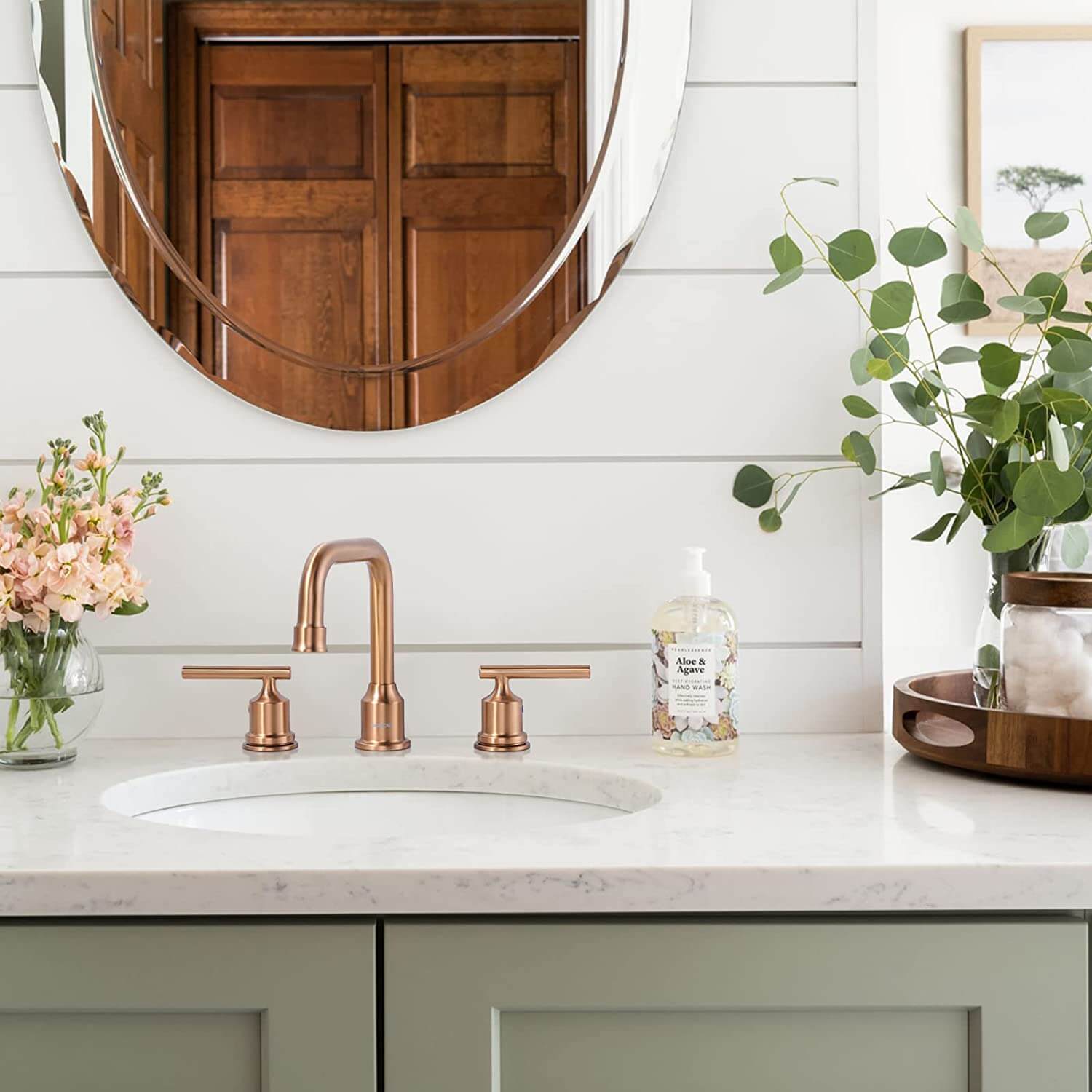

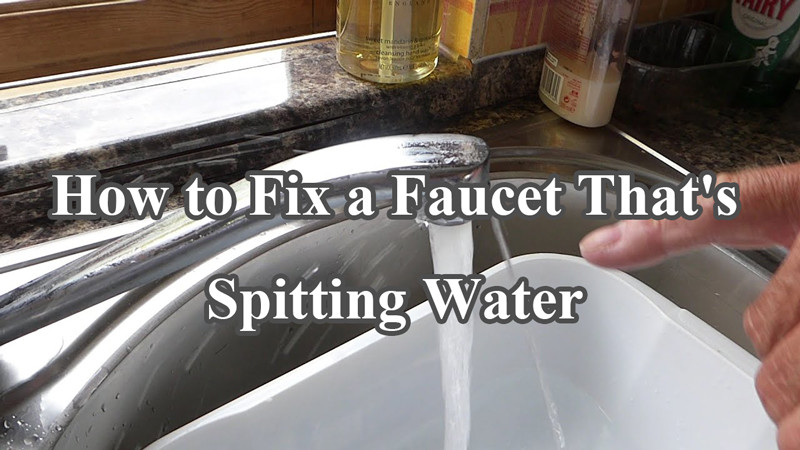
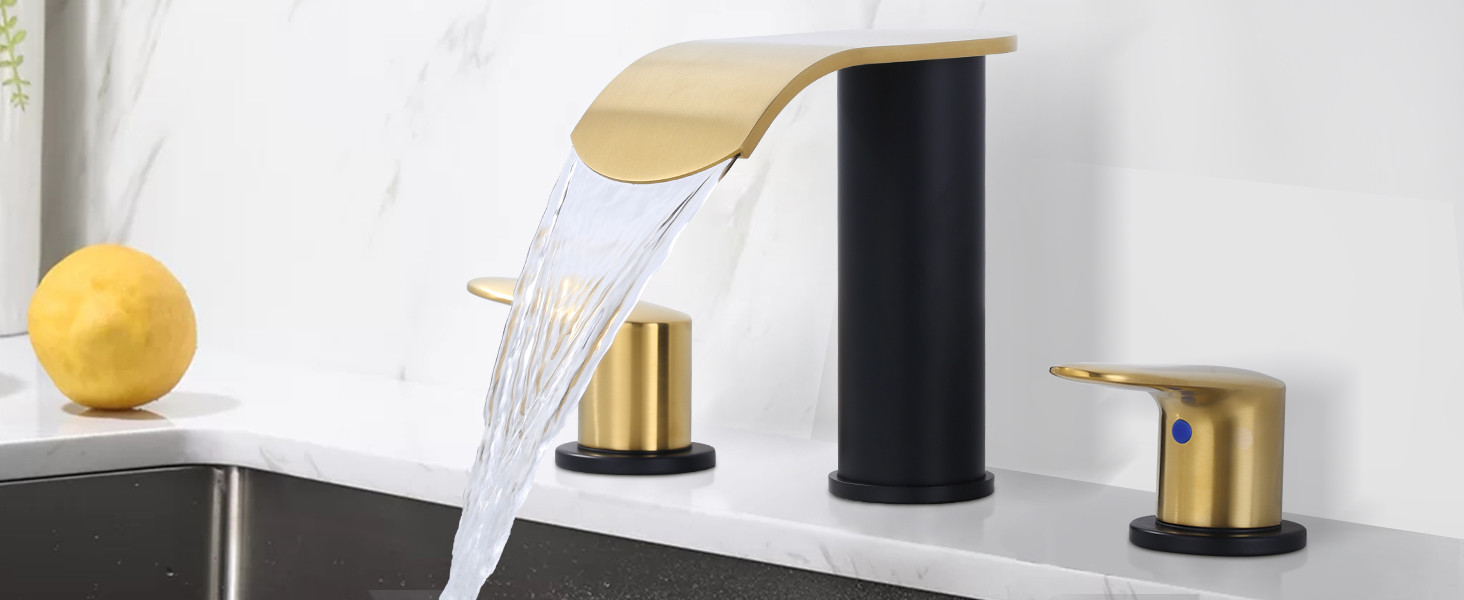

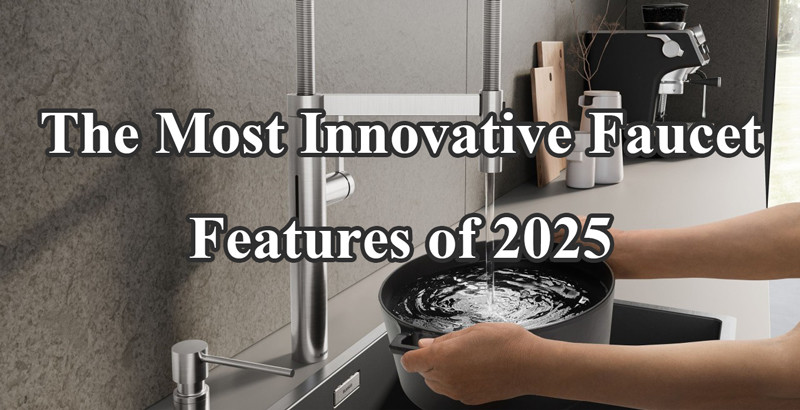

您好!Please sign in